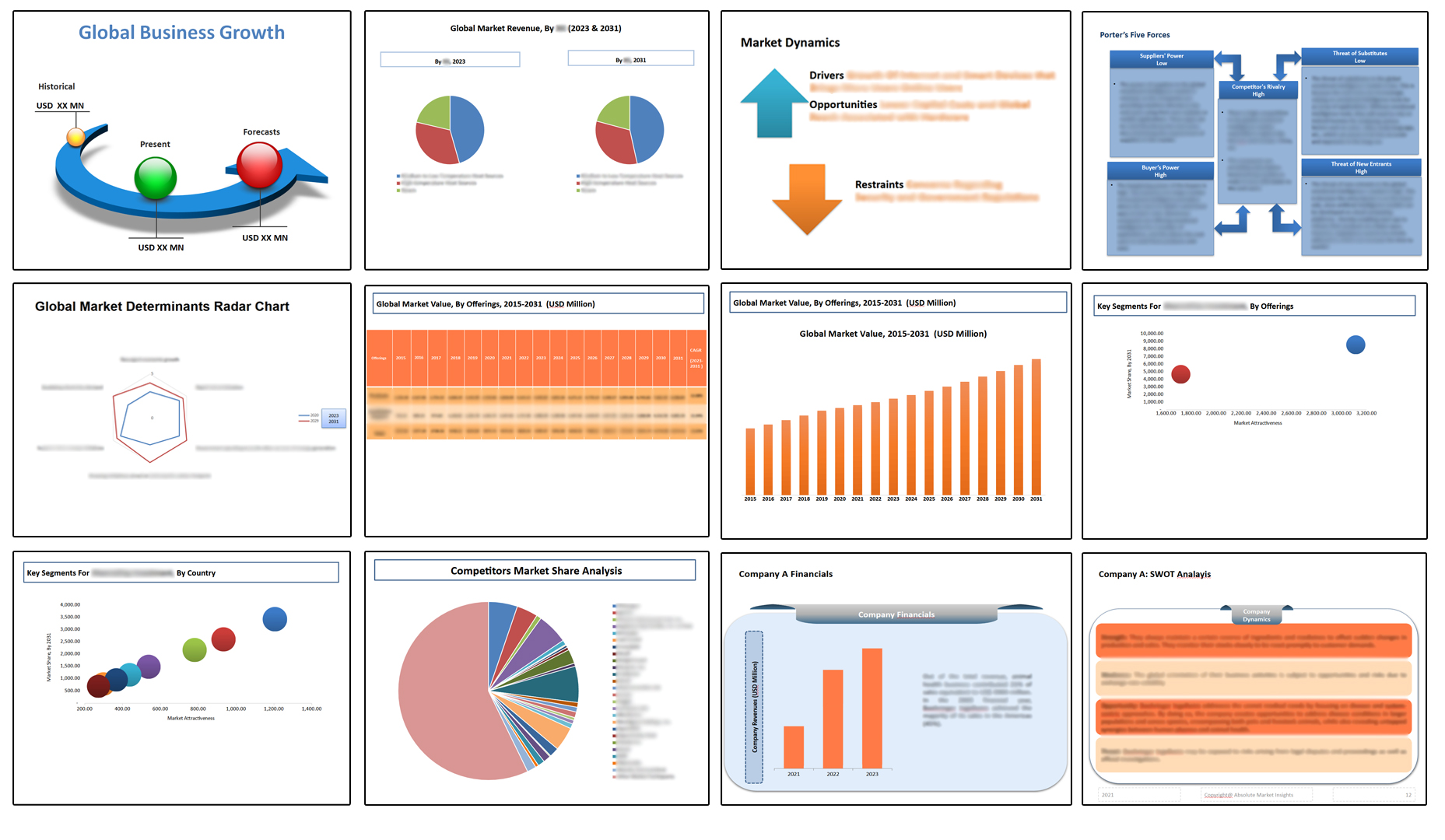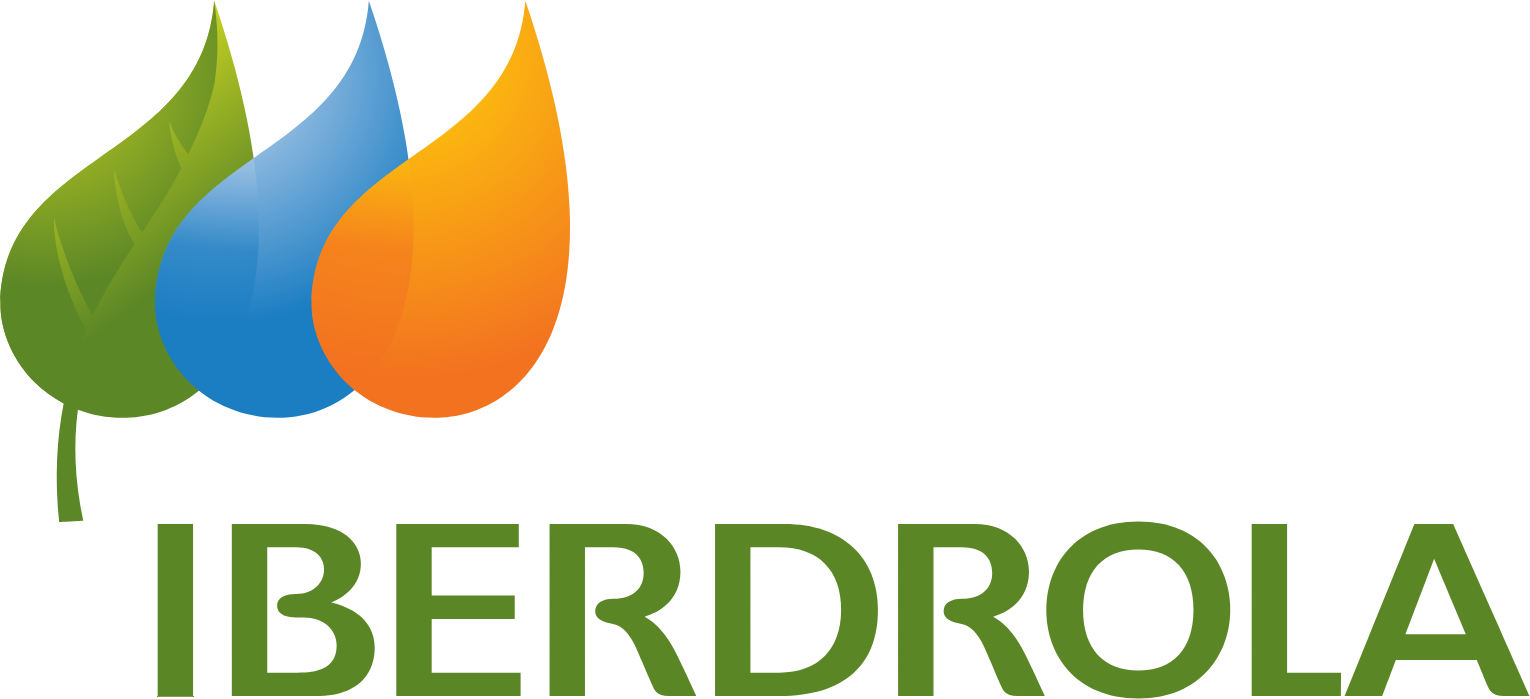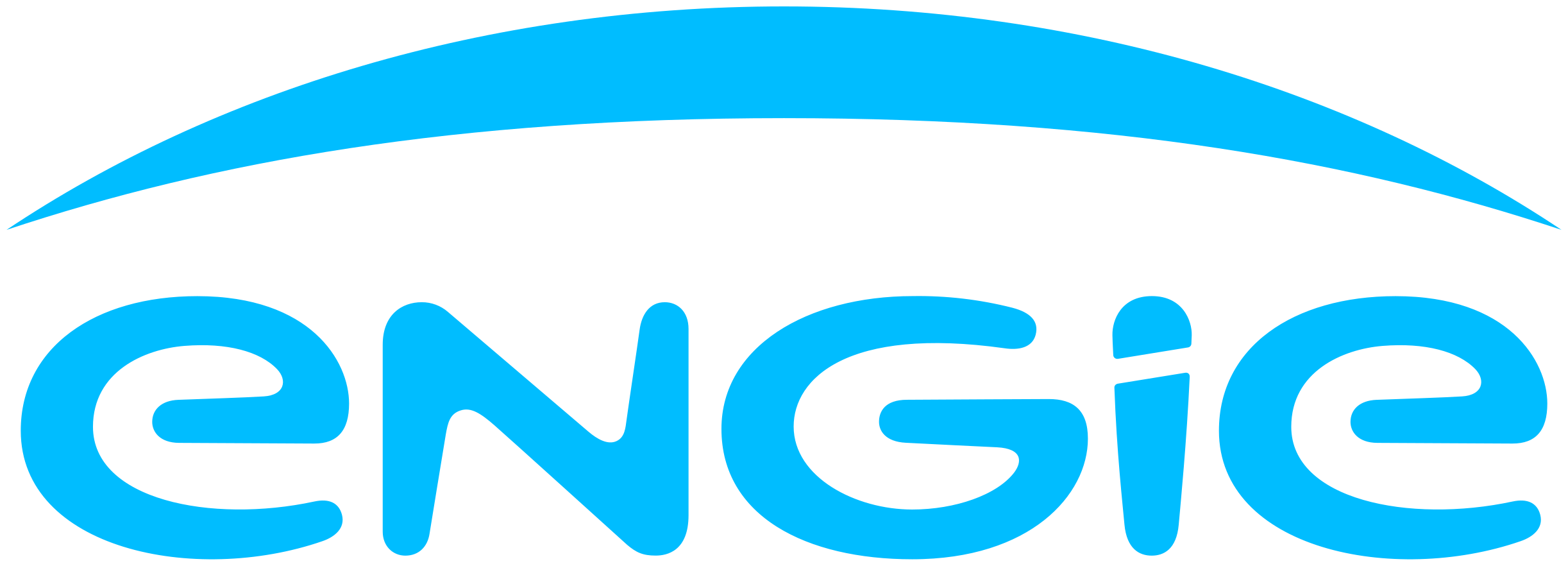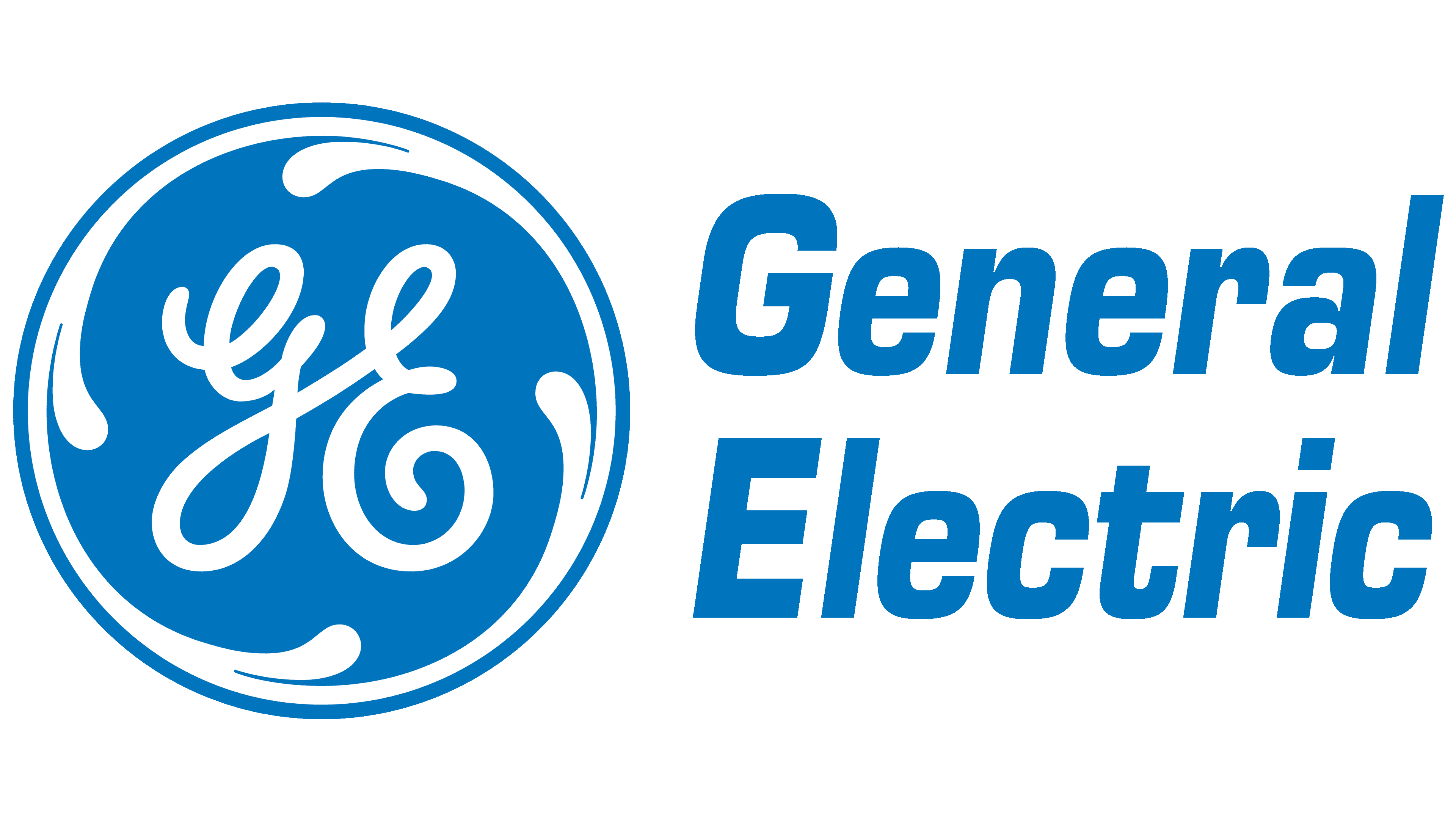Global Microgrid Market Insights, Growth, Share, Size: By Type, By Offerings, By Power Source, By Application, By Region & Segmental Forecast, 2023-2031, Comparative Analysis and Trends
- Industry: Energy & Power
- Report ID: TNR-110-968
- Number of Pages: 420
- Table/Charts : Yes
- November, 2023
- Base Year : 2024
- No. of Companies : 9+
- No. of Countries : 29
- Views : 10174
- Covid Impact Covered: Yes
- War Impact Covered: Yes
- Formats : PDF, Excel, PPT
Global Microgrid Market Valued USD 13 Bn in 2022, with an Estimated CAGR of 19.08% (2023- 2031)
A microgrid is a collection of linked loads and dispersed energy resources that operate as a single controlled entity in relation to the grid. It can connect to and disengage from the grid, allowing it to function in either grid-connected or island mode. Microgrids can increase consumer dependability and resistance to grid outages.
The microgrid market has likely continued to evolve, driven by technological advancements, changing energy needs, and evolving regulatory landscapes. The demand for microgrids as a solution to enhance energy resilience and reliability remains a significant trend. Extreme weather events, wildfires, and grid vulnerabilities have driven businesses, communities, and governments to invest in microgrids for backup power during outages.
Global Microgrid Market Revenue & Forecast, (US$ Million), 2015 – 2031

Factors Supporting the Growth of the Global Microgrid Market
With increasing legislation requiring more communities and states to achieve net-zero carbon emissions, combined with greater grid integration of renewables, there has been greater adoption of renewables and distributed energy resources (DERs), which is influencing a shift towards more advanced microgrid development.
As developments continue, the industry will transition towards microgrid implementation standardization. It has already adopted a microgrid controls standard, and further microgrid standards are being created. The next obvious step is systemic microgrid standardization. These standards offer several advantages that help everyone in the industry, from developers to users. With greater industry expertise, the market may progress beyond basic controls and create new industry standards for incorporating more complex controls into future microgrid systems.
Besides towards a more proactive, localized, and resilient approach to energy demands. The incorporation of microgrids into buildings and houses is the next appropriate step in solar adoption. The future of energy is more localized, sustainable, and adaptable, allowing a chance to effect meaningful change and resist harsh conditions leading to the exponential growth of the overall global microgrid market.
Due to the integration of renewable energy sources, battery storage, and backup generator sets, microgrids are transforming the energy business. Solar panels, wind turbines, battery banks, diesel gensets, and CHP modules may all be integrated in these complex and adaptable systems, whether running independently or in simultaneously. In the upcoming years, solar segment in the microgrid market is expected to the fastest growing segment.
 Microgrid applications continue to evolve, driven by advancements in technology, the need for energy resilience, and sustainability goals. They offer tailored solutions for diverse energy challenges across industries and sectors. Commercial and industrial segment accounted for the highest share in the microgrid market in 2022.
Microgrid applications continue to evolve, driven by advancements in technology, the need for energy resilience, and sustainability goals. They offer tailored solutions for diverse energy challenges across industries and sectors. Commercial and industrial segment accounted for the highest share in the microgrid market in 2022.
Asia Pacific region is anticipated to be the fastest growing region in the microgrid market during 2023-2031. Countries like due to the remoteness of many islands, the absence of reliable electrical grid infrastructure, and extreme weather occurrences such as typhoons and hurricanes, India, South Korea, Vietnam, and most of Southeast Asia are all proving to be viable microgrid markets. China has traditionally been a closed market; nevertheless, chances for foreign vendors to tackle poor supply concerns and contribute to major industrial park microgrids are emerging. Power disruptions caused by earthquakes and snowstorms in Japan are also rekindling interest in microgrids.
Microgrid market in the Middle East and Africa is experiencing growth and gaining attention as the region sought to address energy challenges and improve energy security. Middle Eastern countries, such as the United Arab Emirates and Saudi Arabia, are investing in microgrids. In addition, cities, such as Dubai and Riyadh, have been working on smart city initiatives that include microgrid deployments. These microgrids aimed to improve energy efficiency, reduce carbon emissions, and support sustainable urban development.
Competitive Landscape
The report provides a comprehensive analysis of the leading market participants operating in the microgrid market, as well as a comparative assessment based on their product offering, business overviews & regional analysis. The study also contains an elaborative analysis of the company’s current events and developments, such as product development, inventions, joint ventures, partnerships, mergers and acquisitions, strategic alliances, and others.
List of leading players in global microgrid market are:
- ABB
- Caterpillar
- Eaton
- Emerson Electric Co.
- ENGIE
- GE
- Honeywell International Inc.
- Rolls-Royce plc
- S&C Electric Company
- Scale Microgrid Solutions LLC
- Schneider Electric
- Siemens
- Toshiba Energy Systems & Solutions Corporation
- Other market participants
Global Microgrid Market Report Coverage
| Report Specifications | Details |
| Market Revenue in 2022 | US$ 13 Billion |
| Market Size Forecast by 2031 | US$ 35.8 Billion |
| Growth Rate (CAGR) | 19.08% |
| Historic Data | 2015 – 2021 |
| Base Year for Estimation | 2022 |
| Forecast Period | 2023 – 2031 |
| Report Inclusions | Market Size & Estimates, Market Dynamics, Competitive Scenario, Trends, Growth Factors, Market Determinants, Key Investment Segmentation, Product/Service/Solutions Benchmarking |
| Segments Covered | By Type, By Offerings, By Power Source, By Application |
| Regions Covered | North America, Europe, Asia Pacific, Middle East & Africa, Latin America |
| Countries Covered | U.S., Canada, Mexico, Rest of North America, France, The UK, Spain, Germany, Italy, Nordic Countries (Denmark, Finland, Iceland, Sweden, Norway), Benelux Union (Belgium, The Netherlands, Luxembourg), Rest of Europe, China, Japan, India, New Zealand, Australia, South Korea, Southeast Asia (Indonesia, Thailand, Malaysia, Singapore, Rest of Southeast Asia), Rest of Asia Pacific, Saudi Arabia, UAE, Egypt, Kuwait, South Africa, Rest of Middle East & Africa, Brazil, Argentina, Rest of Latin America |
| Key Players | ABB, Caterpillar, Eaton, Emerson Electric Co., ENGIE, GE, Honeywell International Inc., Rolls-Royce plc, S&C Electric Company, Scale Microgrid Solutions LLC, Schneider Electric, Siemens, Toshiba Energy Systems & Solutions Corporation, Other Industry Participants |
| Customization Scope | Customization allows for the inclusion/modification of content pertaining to geographical regions, countries, and specific market segments. |
| Pricing & Procurement Options | Explore purchase options tailored to your specific research requirements |
| Contact Details | Consult With Our Expert
Japan (Toll-Free): – +81 663-386-8111 South Korea (Toll-Free): – +82-808- 703-126 Saudi Arabia (Toll-Free): – +966 800 850 1643 United States: +1 302-232-5106 United Kingdom: +447537105080 E-mail: askanexpert@thenicheresearch.com
|
Global Microgrid Market
By Type
- Remote Microgrids
- Grid Connected Microgrids
- Networked Microgrids
By Offerings
- Products
- Solutions
- Services
By Power Source
- Diesel Generator Set
- Gas Generator Set & CHP
- Solar
- Wind
- Biogas
- Battery storage
By Application
- Educational Institutes
- Remote Areas
- Military
- Utility Distribution
- Commercial and Industrial
- Community
- Others
By Region
- North America (U.S., Canada, Mexico, Rest of North America)
- Europe (France, The UK, Spain, Germany, Italy, Nordic Countries (Denmark, Finland, Iceland, Sweden, Norway), Benelux Union (Belgium, The Netherlands, Luxembourg), Rest of Europe)
- Asia Pacific (China, Japan, India, New Zealand, Australia, South Korea, Southeast Asia (Indonesia, Thailand, Malaysia, Singapore, Rest of Southeast Asia), Rest of Asia Pacific)
- Middle East & Africa (Saudi Arabia, UAE, Egypt, Kuwait, South Africa, Rest of Middle East & Africa)
- Latin America (Brazil, Argentina, Rest of Latin America)
Report Coverage and Deliverables

Table of Contents
Note: This ToC is tentative and can be changed according to the research study conducted during the course of report completion.
**Exclusive for Multi-User and Enterprise User.
Global Microgrid Market Segmentation
By Type
By Offerings
By Power Source
By Application
By Region
**Note: The report covers cross-segmentation analysis by region further into countries
The Niche Research approach encompasses both primary and secondary research methods to provide comprehensive insights. While primary research is the cornerstone of our studies, we also incorporate secondary research sources such as company annual reports, premium industry databases, press releases, industry journals, and white papers.
Within our primary research, we actively engage with various industry stakeholders, conducting paid interviews and surveys. Our meticulous analysis extends to every market participant in major countries, allowing us to thoroughly examine their portfolios, calculate market shares, and segment revenues.
Our data collection primarily focuses on individual countries within our research scope, enabling us to estimate regional market sizes. Typically, we employ a bottom-up approach, meticulously tracking trends in different countries. We analyze growth drivers, constraints, technological innovations, and opportunities for each country, ultimately arriving at regional figures.Our process begins by examining the growth prospects of each country. Building upon these insights, we project growth and trends for the entire region. Finally, we utilize our proprietary model to refine estimations and forecasts.
Our data validation standards are integral to ensuring the reliability and accuracy of our research findings. Here’s a breakdown of our data validation processes and the stakeholders we engage with during our primary research:
- Supply Side Analysis: We initiate a supply side analysis by directly contacting market participants, through telephonic interviews and questionnaires containing both open-ended and close-ended questions. We gather information on their portfolios, segment revenues, developments, and growth strategies.
- Demand Side Analysis: To gain insights into adoption trends and consumer preferences, we reach out to target customers and users (non-vendors). This information forms a vital part of the qualitative analysis section of our reports, covering market dynamics, adoption trends, consumer behavior, spending patterns, and other related aspects.
- Consultant Insights: We tap into the expertise of our partner consultants from around the world to obtain their unique viewpoints and perspectives. Their insights contribute to a well-rounded understanding of the markets under investigation.
- In-House Validation: To ensure data accuracy and reliability, we conduct cross-validation of data points and information through our in-house team of consultants and utilize advanced data modeling tools for thorough verification.
The forecasts we provide are based on a comprehensive assessment of various factors, including:
- Market Trends and Past Performance (Last Five Years): We accurately analyze market trends and performance data from preceding five years to identify historical patterns and understand the market’s evolution.
- Historical Performance and Growth of Market Participants: We assess the historical performance and growth trajectories of key market participants. This analysis provides insights into the competitive landscape and individual company strategies.
- Market Determinants Impact Analysis (Next Eight Years): We conduct a rigorous analysis of the factors that are projected to influence the market over the next eight years. This includes assessing both internal and external determinants that can shape market dynamics.
- Drivers and Challenges for the Forecast Period:Identify the factors expected to drive market growth during the forecast period, as well as the challenges that the industry may face. This analysis aids in deriving an accurate growth rate projection.
- New Acquisitions, Collaborations, or Partnerships: We keep a close watch on any new acquisitions, collaborations, or partnerships within the industry. These developments can have a significant impact on market dynamics and competitiveness.
- Macro and Micro Factors Analysis:A thorough examination of both macro-level factors (e.g., economic trends, regulatory changes) and micro-level factors (e.g., technological advancements, consumer preferences) that may influence the market during the forecast period.
- End-User Sentiment Analysis: To understand the market from the end-user perspective, we conduct sentiment analysis. This involves assessing the sentiment, preferences, and feedback of the end-users, which can provide valuable insights into market trends.
- Perspective of Primary Participants: Insights gathered directly from primary research participants play a crucial role in shaping our forecasts. Their perspectives and experiences provide valuable qualitative data.
- Year-on-Year Growth Trend: We utilize a year-on-year growth trend based on historical market growth and expected future trends. This helps in formulating our growth projections, aligning them with the market’s historical performance.
Research process adopted by TNR involves multiple stages, including data collection, validation, quality checks, and presentation. It’s crucial that the data and information we provide add value to your existing market understanding and expertise. We have also established partnerships with business consulting, research, and survey organizations across regions and globally to collaborate on regional analysis and data validation, ensuring the highest level of accuracy and reliability in our reports.










